By Dac Collins. Feb. 15, 2018. “My advice for all of you is to get involved. Not just in your ranger district, but in your communities, wherever you are.” Jurgen Hess shouted into a stiff west wind facing a group of 15 veterans. These men and women were participating in Mt. Adams Institute?s VetsWork: Environment program: transitioning from the military to a career in natural resource management, public lands and environmental sectors, and considering where they were standing—atop Beacon Rock on the Washington side of the Columbia River—Jurgen could not have given a more fitting piece of advice.
That is because the basalt monolith on which they stood (first nicknamed Beaten Rock during the Lewis and Clark Expedition) would not be here today if not for two individuals who got involved in protecting it.
Around the turn of the 20th century, the United States Army Corps of Engineers looked at Beacon Rock and saw its potential as a pile of rubble. They needed riprap to build jetties at the mouth of the Columbia, and although the 848-foot volcanic plug was first scaled in 1901, the Corps of Engineers prioritized establishing a shipping route on the river over rock climbing on its banks.
Go figure.
Lost on the Corps of Engineers was the fact that this hunk of basalt is a geologic wonder—the core of a volcano that was whittled away to its current shape by the Missoula Floods when they scoured the region around 12,000 to 15,000 years ago. The facts that mattered were: 1) they needed to obtain a large amount of this conveniently placed rock in order to build jetties near Astoria; and 2) TNT detonated monoliths just as effectively as it did the other mountains and rock formations that stood in their way in the past.
So by 1914, the Corps had already begun digging tunnels in and around Beacon Rock in order to figure out the best way to blow it up.
Unfortunately for the engineers, who were eager to exert their awesome power over yet another worthy adversary, two people stood between them and the rock: Charles Ladd and Henry Biddle.
Records show that a pioneer by the name of Phillip Ritz first owned the land encompassing Beacon Rock. Ritz sold the land in 1870 to banker Jay Cook, who subsequently sold it to Charles Ladd in 1904—around the same time the monolith was first eyed possessively by the Corps of Engineers.
Ladd recognized its cultural, geological and recreational importance, especially by 1914 when a group of 47 climbers (the largest group yet) scrambled to the top. So the very next year, unable to keep the Army Corps of Engineers at bay on his own, he sold the land to Henry Biddle on the condition that Biddle would work toward preserving it.
Biddle saw the opportunity to preserve Beacon Rock as a challenge, and with the help of Charles Johnson, who previously worked as a construction foreman on the Columbia River Highway, he spent the next three years building a trail to its summit. Approximately 4,500 feet long and four feet wide, the trail featured 22 wooden bridges and more than 50 switchbacks.
Although Biddle, in 1924, wrote that “my purpose in acquiring the property was simply and wholly that I might build a trail to its summit,” he also recognized the cultural value of Beacon Rock. Considered a sacred site by Native Americans in the region, they called it ‘Che-che-op-tin’ and placed spiritual totems around its base. The rock also served as an important landmark, marking the final rapids in a series of tumultuous waterfalls and turbulent whitewater chutes that defined the Columbia River Gorge before it was dammed.
Biddle remained devoted to the monolith’s protection until he died roughly ten years later. And in 1935, in accordance with his wishes, his children gifted the property to the State of Washington so that it could remain accessible to the public for generations to come.
Today, Beacon Rock State Park preserves the legacy of Charles Ladd and Henry Biddle. Biddle’s original trail, although improved upon and maintained by the State, still brings visitors to the top, where they are rewarded with sweeping views of the Gorge. The trail also serves as an inspiration, begging everyone who reaches its terminus to follow Jurgen’s advice and Biddle’s example. Get involved.
_____________________________________________________________________________________________________
One way you can GET INVOLVED with protecting our Columbia Gorge environment is by supporting our work at EnviroGorge.
(Click on the orange “Support” button on the upper right corner of the page.)
“The greatest threat to our planet is believing someone else will save it.” – R. Swan
______________________________________________________________________________________________________


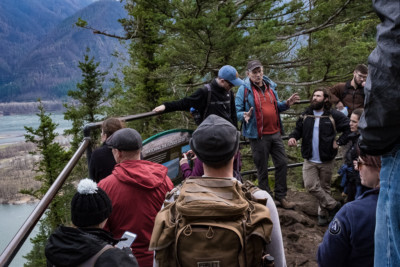
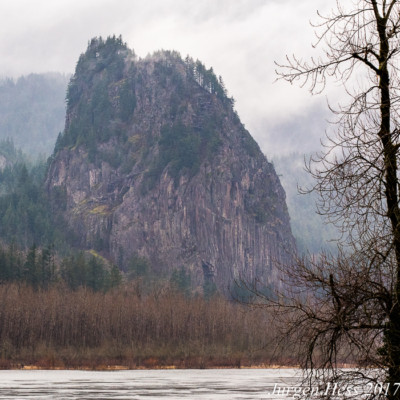
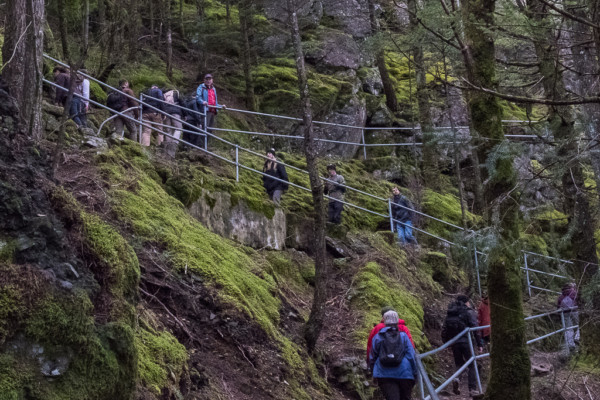


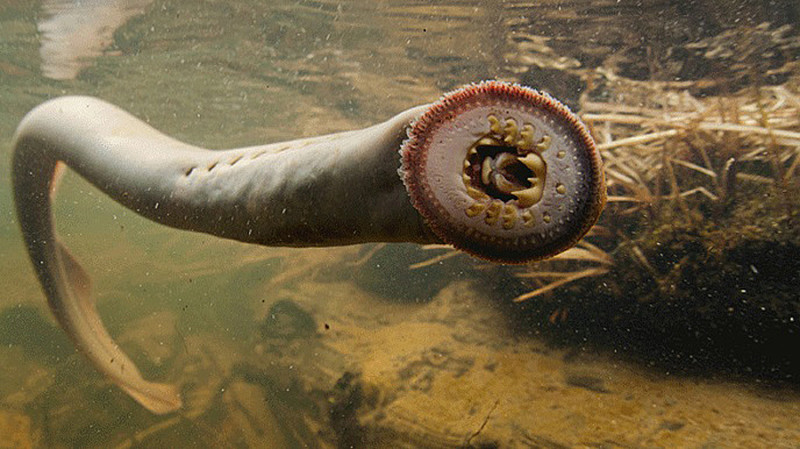
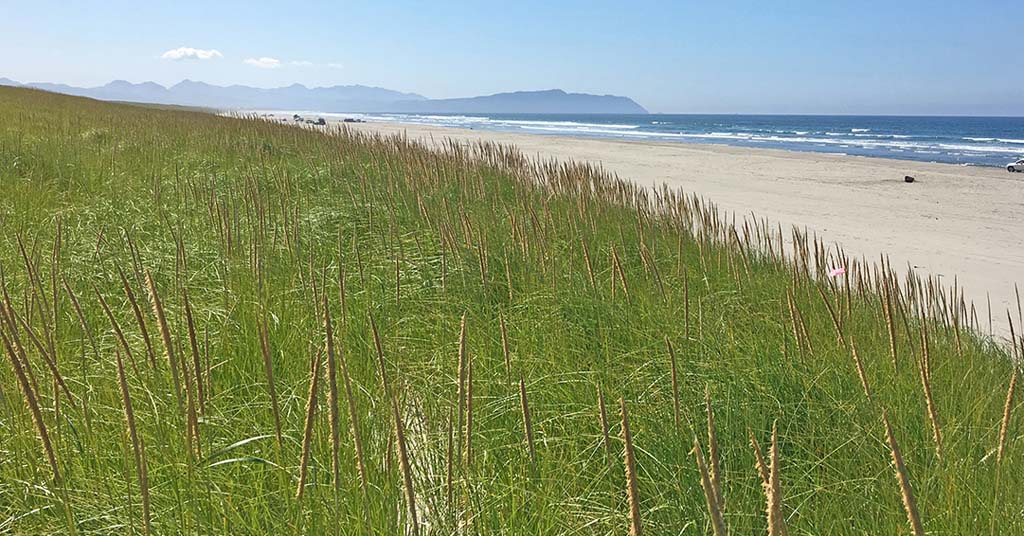
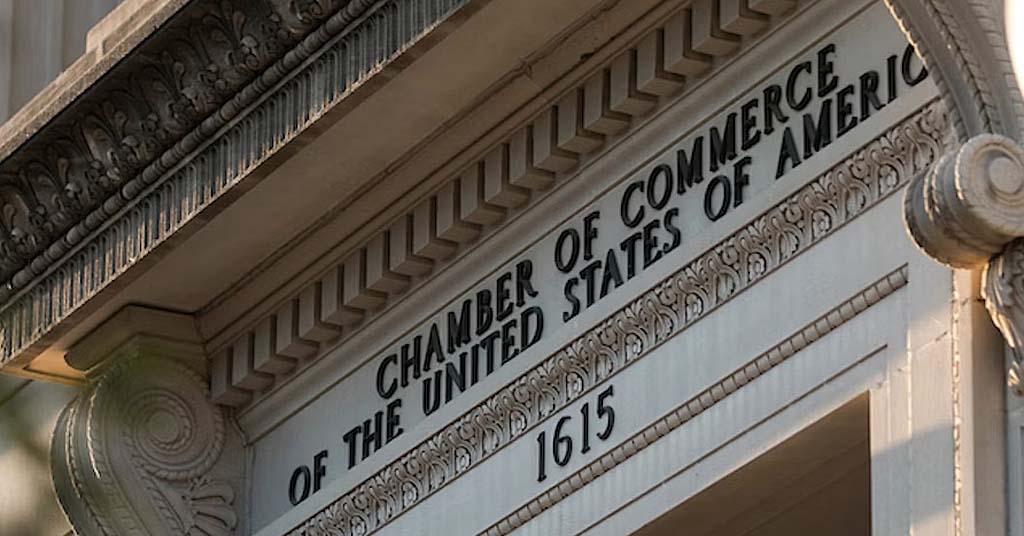
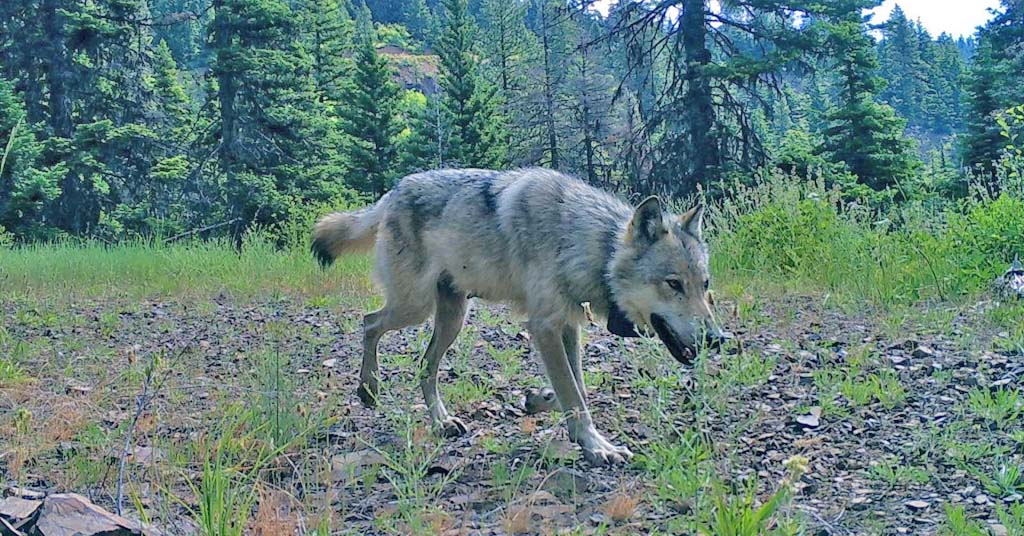




Excellent! Thanks for this reminder of how important it is to get involved, each one of us, for the wondrous natural things around us — and how a vision can be realized (with a lot of hard work).
Great article and great message! Thank you Dac, Jurgen and Susan. I can actually recall the thrill of walking up Beacon Rock as a little kid for the first time. It was around 1948, ten years or so before I-84 was built, and I was with with my father and brother. Dad would always drive the Washington side of the river on his business trips to Portland. Darvel and I loved to tag along, but Dad would walk so fast on the streets of Portland that we would have to run to keep up.
Thank you for the story. I’m happy to hear that Jurgen is involved. There’s an interesting twist to the establishment of the Beacon Rock State Park. At first, Washington didn’t want it to be a state park but when Oregon expressed interest, Washington changed its mind.
Thanks for the inforamation, J.P. This makes the story of Beacon Rock’s preservation even more amazing.
Jurgen